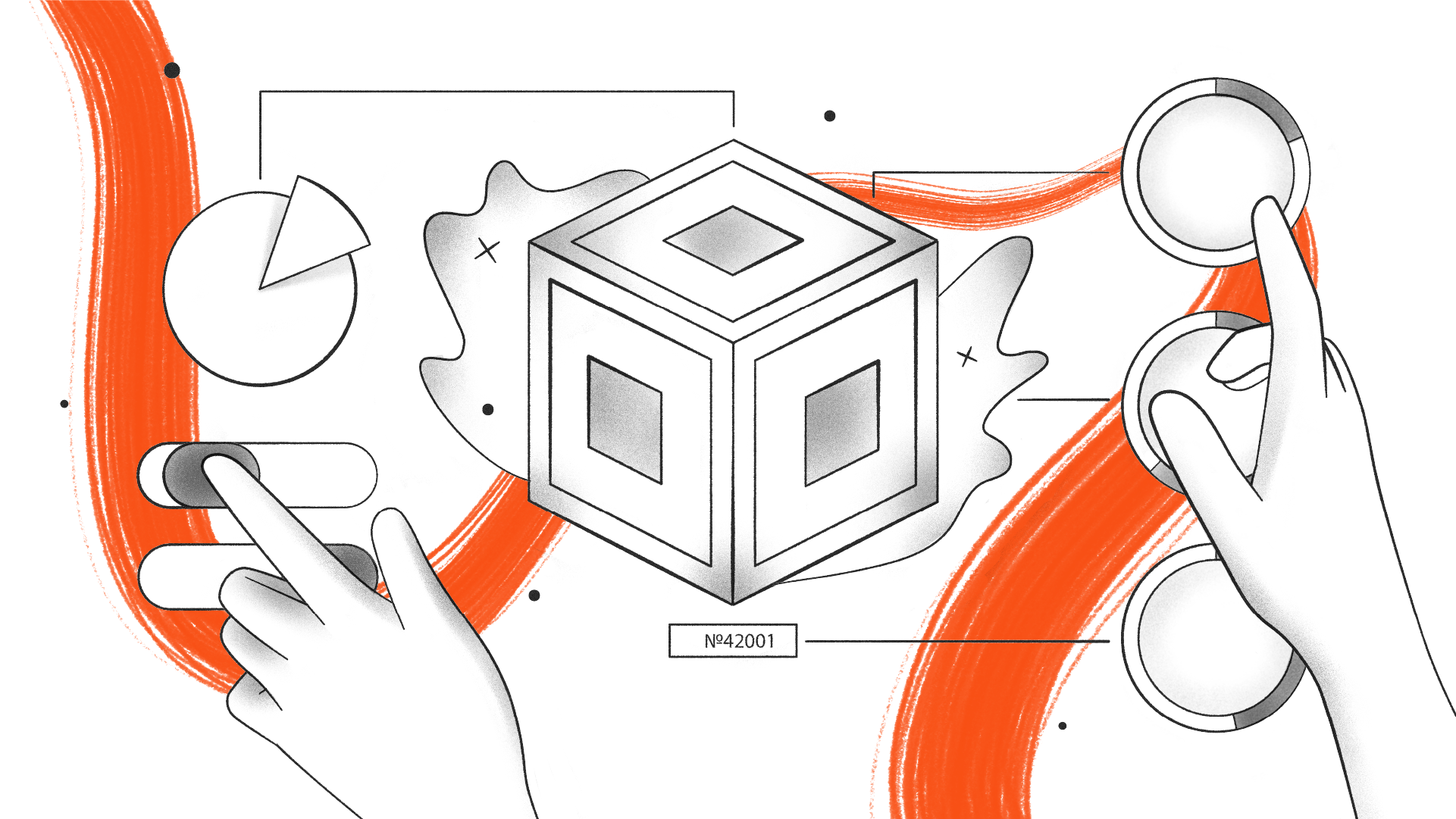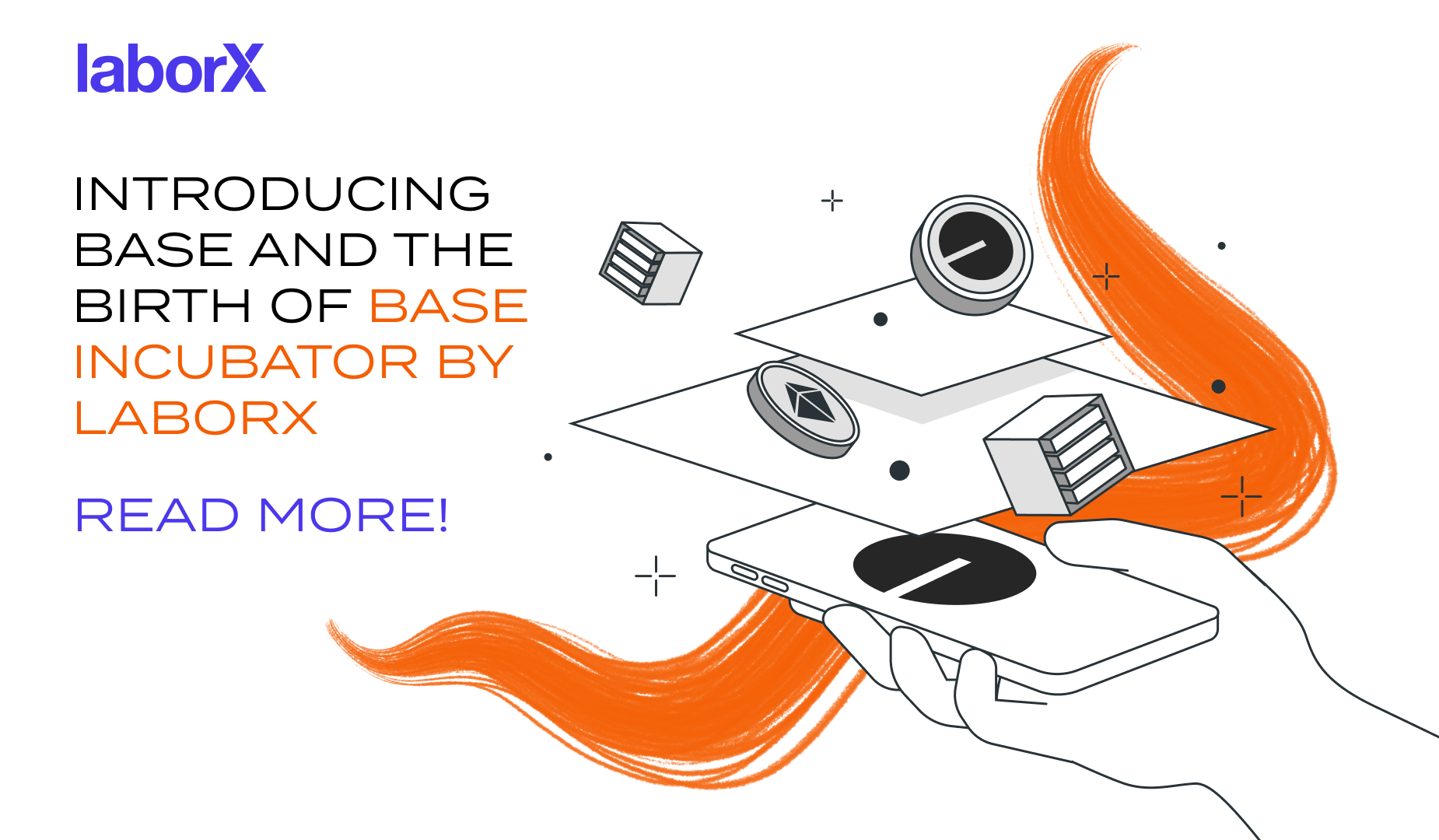
Embracing Change: HR in the World of Digital Assets
Hotcoin’s HR shares her journey from traditional industries to the world of Web3 and crypto, highlighting key insights on thriving in this space.
Read
Over the past two years the blockchain sector has exploded, with a surge of interest in decentralised technologies of all forms. Venture capital and institutions are investing billions of dollars in crypto projects, tech companies are researching and exploring how blockchain might fit into their products and services, and – despite the cooldown in the markets – there is still intense activity at the grassroots level and among retail investors.
The crypto world moves fast, and there are many different branches of the blockchain industry to explore, each with their own nuances and attractions. One of the most intriguing technologies to come to mainstream attention recently is non-fungible tokens, or NFTs: unique or limited-edition, indivisible assets. These have become popular as a means of trading digital art, and art projects still remain at the forefront of the NFT space. However, NFTs can be used for many other use cases, including trading rare physical assets, provenance tracking, representing items in games, and identity management.
As such they have become one of the key technologies of the metaverse: the immersive, blockchain-powered online worlds that are beginning to form the user experience for the next generation of web services.
A career working with NFTs therefore offers exciting opportunities to shape the future of the internet and the software billions of people will use. It’s also cross-cutting: NFTs have many different applications, some of which are only just being explored, and some that have not even been imagined yet. But what are the skills you’ll need to be useful in this sub-sector of the blockchain industry? And how exactly do you go about finding opportunities in the NFT space, whether that means trading and investing in them, working as a developer, or joining a gaming or metaverse company that uses NFTs in its software?
The crypto space is still in its relative infancy. It’s been less than 14 years since Bitcoin launched, and barely a decade since crypto rose to any degree of prominence. For comparison, when the internet was the same age, we were still logging into email using cumbersome command line prompts, and surfing gaudy Geocities pages.
At the same time, blockchain is old enough to have proven it’s going to be around for the long haul. We’ve had a few bear markets, but crypto has come back stronger each time. What’s more, investment has steadily increased, and the technologies and interfaces are being honed and refined all the time. At this point, there is simply too much interest in blockchain for it to disappear, or be regulated out of existence.
In short, this point in time is a sweet spot for the industry. It’s a high-growth area and there are still many opportunities, but the risk that blockchain as a movement will fail is lower than it has ever been. There is momentum. All of this means there are many reasons to consider a career in the crypto and blockchain industry – and in NFTs more specifically.
There are also many different areas of the blockchain world you can get involved with. Just as conventional software development is tremendously varied, so is the crypto space. You might end up working on the smart contracts that power a decentralised financial protocol that handles hundreds of millions of dollars of value, or you might contribute to the graphics for a new metaverse platform. You could be researching and defining the tokenomics for an online economy, or marketing the latest blockchain game.
In an increasing number of blockchain projects, you might well become involved in the NFT sector, which touches a wide range of other areas and has almost countless applications.

Just like any other blockchain projects, developers are vital in the NFT space. While the very simplest NFT projects might manage without a developer, using off-the-peg tools, their functionality will be limited. Anything more extensive or imaginative will need at least one good developer, and possibly several, working on different areas of the project. Two common ones are smart contract devs, and frontend or website devs.
Developers are critical for the NFT industry and are understandably in high demand, hence the impressive remuneration packages available. However, there are plenty of other jobs in the NFT space, including some you might not have realised even existed.

With the above in mind, there is a broad range of skills that can help you land a job in the NFT space, including:
NFTs and the idea of the metaverse have grabbed mainstream attention – including retail users, big brands, and investors and institutions – in a way that can seem bewilderingly intense. But there are several good reasons why the attraction is so strong.
Firstly, rare items have always been considered collectible, including buttons, coins, baseball cards, books, records, toys, sports memorabilia and ephemera. NFTs are the evolution of this, offering a way to cryptographically prove ownership of something unusual and limited edition.
Secondly, it gives users a chance to own a piece of a project, giving them a sense of inclusion and even a say in how the initiative is run.
Thirdly, the artwork itself may be highly attractive; most people do not have the contacts or opportunity to invest in physical art, but NFTs democratise this previously exclusive market.
Fourthly, NFTs are a new form of digital asset, and there are opportunities to build wealth and profit from investing in strong projects.
Lastly, there is the prestige involved in being the owner of a celebrated run of NFTs – CryptoPunks and Bored Apes being two of the most obvious examples of artwork status symbols. Holders typically use their NFTs as avatars and PFPs across social media, particularly in Discords and on Twitter.
Just like in the wider crypto world, there is a lot of money to be made with NFTs – although there’s plenty of risk, too.
Since this article focuses on a career in the NFT space, it makes sense to start there. If you’re able to find work with a good project, you should not only be paid in ETH or USDC, but also receive one or more NFTs to help incentivise you to build value and share in any upside. This is especially the case if you get in at the ground floor. In the early days, it’s possible that the project will not have any funding, or will be running on a shoestring, so – like a start-up – there’s a risk/reward calculus to make.
If you’re looking to make money from rising NFT prices, that’s a different prospect. It’s also highly risky. Like crypto more generally, NFTs can be volatile. However, their limited supply means liquidity can be poor, and when interest dries up there may simply not be buyers at any price. This is where Alpha Callers and Collab Managers come into their own, helping communities find solid projects and organising white listing.
Bear in mind that, in a flat market, trading is a zero-sum game: one person’s gains are balanced by another’s losses (minus transaction fees and royalties, which typically total around 7.5%). In a bear market, you’re swimming against the tide even before you factor that in, and the dollar value of your NFTs could be falling even if their ETH price is stable.
You might alternatively explore metaverse tokens, like SAND, MANA, APE, and so on, since these are linked to the success of a wider ecosystem, not just a single NFT series. There are also projects like EnjinCoin (ENJ), which provides tools for the NFT and metaverse sector as a whole.
If you’re minting NFTs, then this will typically take place from the project’s website at a specified time. There will likely be a separate whitelist of pre-approved participants, followed by a public mint, where – assuming any tokens are left after the whitelist mint – anyone can mint. You’ll find all the details for these in project Discords and on their Twitter feeds.
If you’re looking to pick up NFTs on the secondary market, then two of the most popular marketplaces are OpenSea and Rarible. OpenSea is a great option for beginners. It’s been around the longest, and supports multiple currencies, though ETH is most often used. OpenSea has become the default marketplace for many NFT projects.
Rarible, by contrast, is much newer. It’s a decentralised platform, governed by the community (unlike OpenSea, which uses the blockchain for trustless sales but which is run by a centralised group), powered by the RARI token.
Both OpenSea and Rarible are multi-chain, and both have the same fees of 2.5%. OpenSea has a mobile app, which Rarible does not; other than that, the main thing going for OpenSea is its relative size and network effect.
NFTs are an exciting and trending technology, so there’s no shortage of jobs if you’re looking to change careers – or move sideways into NFTs and metaverse applications from an existing career in the crypto world. There are several places and ways you can get started:
NFTs are an exciting branch of blockchain technology, and one we’re only starting to scratch the surface of as we explore the benefits they have to offer for Web3 applications of all kinds. It’s likely that in five years, a large percentage of apps will incorporate NFTs in some form – as digital art, rare physical assets, in-game items, metaverse assets, identity tokens, keys that unlock subscriptions and services, and much more.
We’re only at the beginning of the NFT movement, and the number of opportunities across the space is growing fast. If you’re interested in a career in the blockchain space and have relevant skills, NFTs are a great place to start out.

Hotcoin’s HR shares her journey from traditional industries to the world of Web3 and crypto, highlighting key insights on thriving in this space.
Read
Discover how Web3 is reshaping HR practices with insights from a leading expert in the field.
Read
Discover Base's innovative L2 solution addressing scalability, security, and user experience challenges in crypto. Learn about Base Incubator by LaborX, fostering growth and innovation within the Base ecosystem.
Read